Chili powder is a versatile spice blend that adds a warm, earthy kick to dishes like chili, tacos, marinades, and more. But what if you're all out when a recipe calls for it?
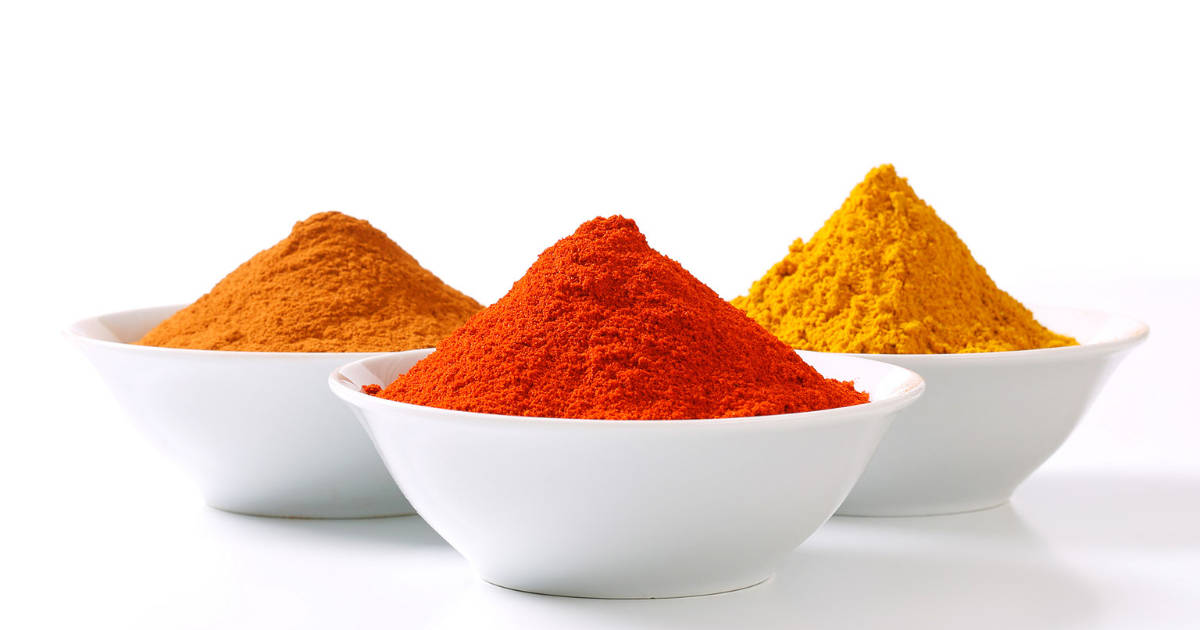
No need to despair - there are several easy-to-find stand-ins that can save the day. Whether you're looking to replicate the flavor, color, or heat level of chili powder, you have options. Read on to discover the best chili powder substitutes to use in a pinch.
Individual Chili Peppers For A Custom Blend
One of the easiest ways to mimic chili powder is by using individual dried chili peppers. This allows you to create a custom spice blend tailored to your specific recipe. Here are some top varieties to try:
Ancho peppers are mildly hot with a subtle sweetness. They form the base of many chili powder blends. Grind anchos into a powder to substitute for mild chili powder.
Chipotle peppers bring a smoky flavor in addition to moderate heat. For a chili powder with depth, grind chipotles along with other dried chilies.
Cayenne peppers pack fiery heat. Use sparingly and blend with other milder chilies to achieve your desired spiciness. Too much may overwhelm your dish.
Guajillo and pasilla peppers also make good additions to homemade blends. Experiment with different combinations to match the flavor profile you want.
Grinding your own chili pepper blend lets you control the nuances of taste and spice level. Be sure to toast the peppers first to intensify their flavors.
Smoky Paprika For Mild, Vibrant Color
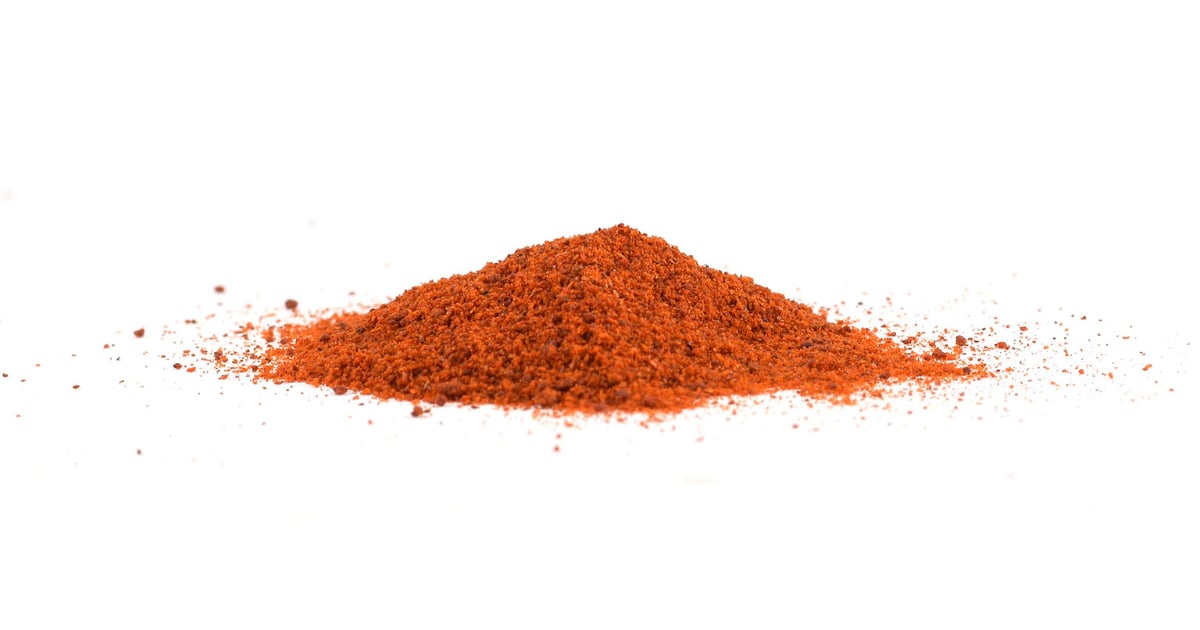
Sweet paprika is made from mildly hot peppers in the same family as chili powder. It provides vibrant red-orange color without much heat. For extra depth, try smoked paprika.
Compared to chili powder, paprika imparts a sweeter, smokier flavor without the punch. Use it when you want chili powder's color without overpowering heat.
Substitute paprika evenly for chili powder. Then add a pinch of cayenne if you want more spice. Smoked paprika especially enhances dishes like stews, marinades, chicken, and vegetables.
Single-Note Cayenne For Searing Heat
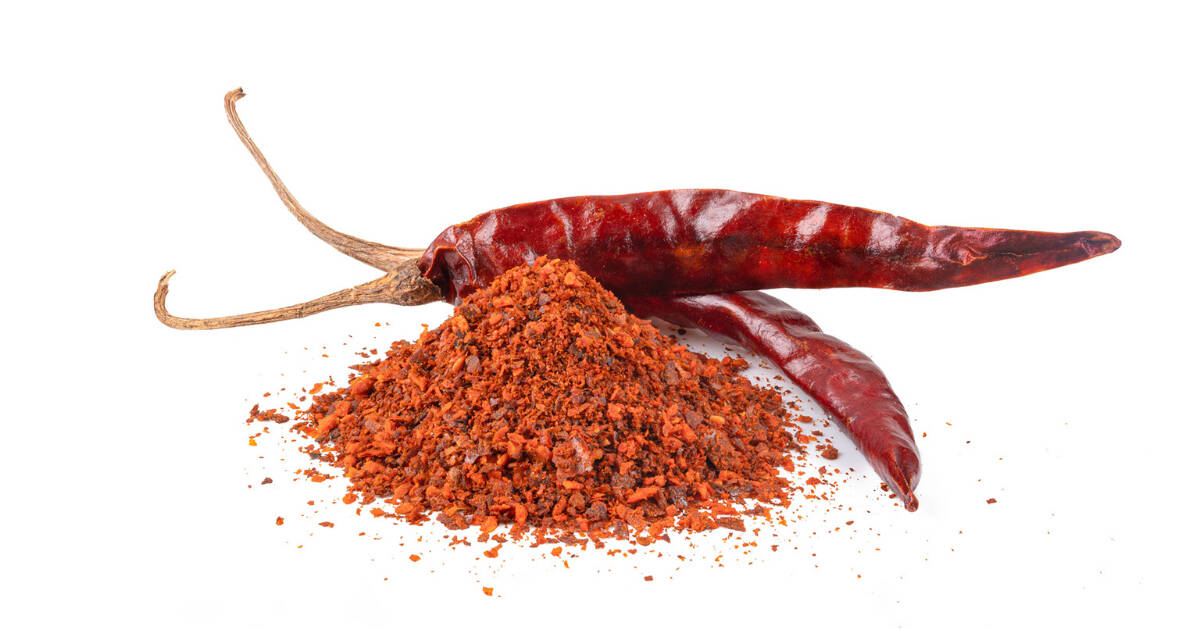
Made purely from cayenne peppers, cayenne pepper powder turns up the heat exponentially. A little goes a long way when substituting for chili powder.
Cayenne rates 30,000-50,000 Scoville heat units while chili powder hits 500-2,000 SHU. Use very sparingly, starting with 1/4 teaspoon of cayenne for every tablespoon of chili powder called for.
Add it gradually, tasting as you go. Balance Cayenne's heat by mixing with milder paprika and spices like cumin or oregano.
Cayenne works best for spicy devotees. Its intense peppery fire intensifies flavors in small doses. Try it in bold dishes like spicy lentil soup or tacos.
Mild & Smoky Chipotle Powder
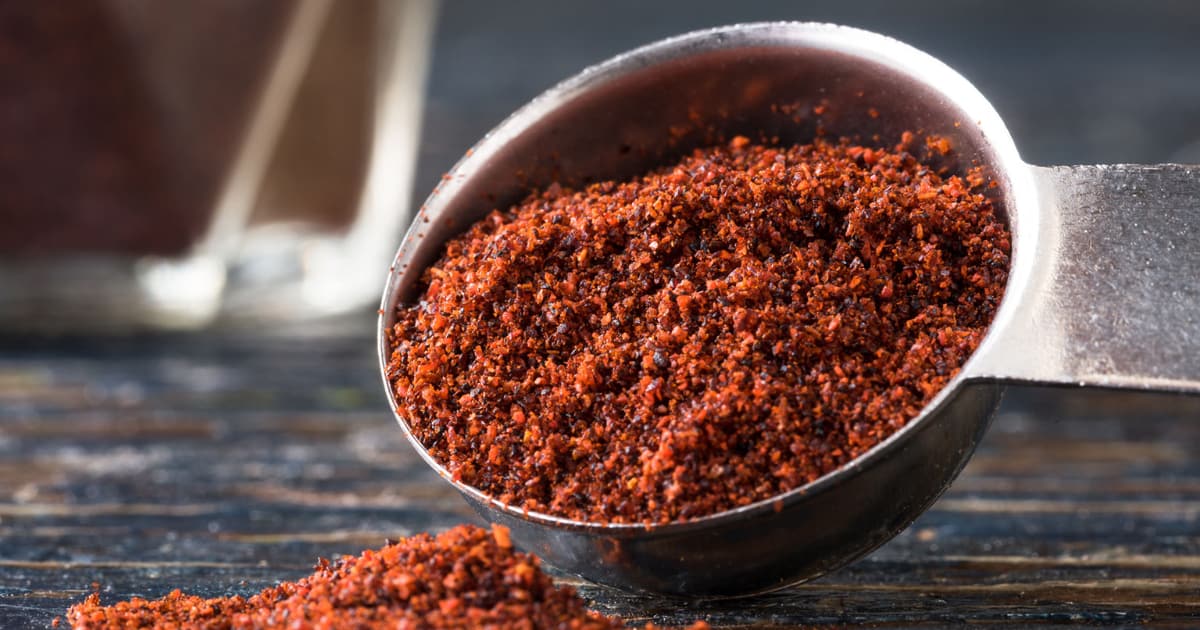
For a chili powder substitute with rich smokiness, chipotle powder can't be beaten. It's made from smoked, dried jalapeño peppers.
Chipotle powder has a milder heat of around 10,000 SHU but adds incredible earthy, barbecue-like depth. Use it for incredible chili, taco meat, stews, or on roasted veggies.
Like cayenne, chipotle powder packs a more concentrated flavor than chili powder. Start with half the amount called for, adjusting until you achieve the perfect smoky heat.
It pairs especially well with cumin, garlic, paprika, and oregano. A homemade blend amplifies its complexity. Chipotle powder makes an ideal chili powder alternative.
Ground Aleppo & Gochugaru For Global Flair
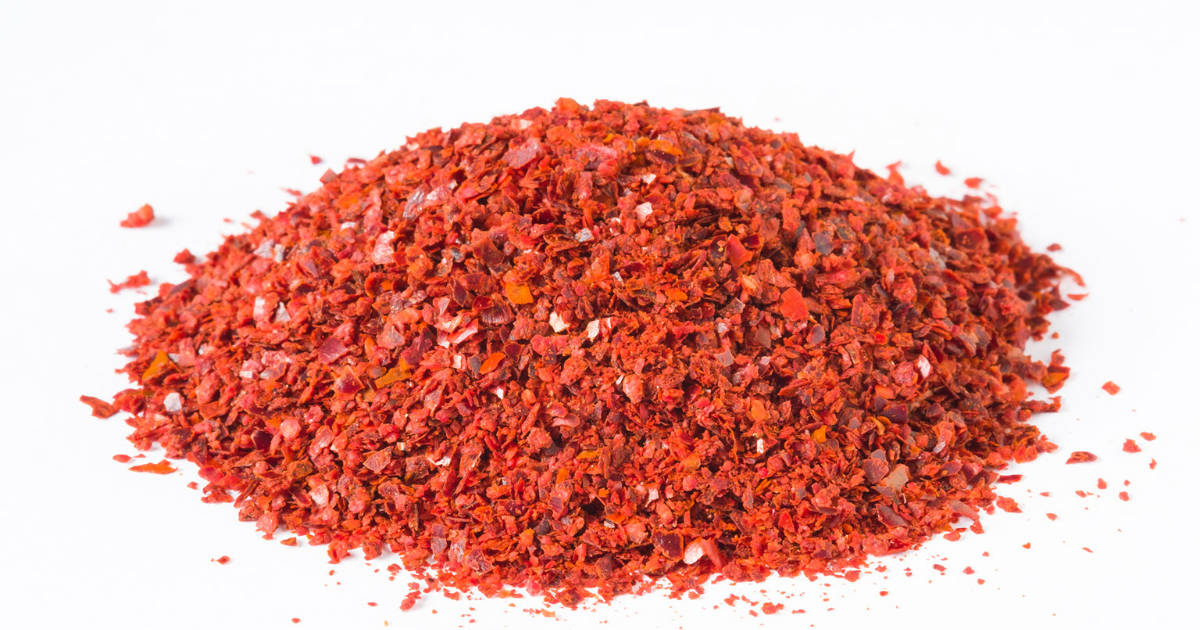
Imported from Turkey, Aleppo pepper has a mildly spicy, almost fruity flavor with hints of citrus. Its versatility makes it a unique chili powder substitute.
Try Aleppo pepper in scrambled eggs, on meat, or sprinkled over hummus. Its moderate heat and sweet-tangy taste shines in Mediterranean recipes.
For a Korean twist, use gochugaru. Made from sun-dried Korean chilies, it brings mild to moderate heat with a slightly sweet edge. Fantastic in bibimbap, soups, stews, and meat.
These global pepper powders provide new dimensions of flavor. Start with small amounts to gauge their heat levels. Soon they'll be staples in your spice cabinet.
Cumin, Oregano & Garlic For Bold Flavor
Chili powder contains more than just chili peppers. Spices like cumin, oregano, and garlic are also common ingredients.
Using a blend of these spices makes a simple, flavorful chili powder substitute. While not as complex, their familiar flavors mimic the essence of chili powder.
Start with equal parts cumin and oregano, then add garlic powder, onion powder, or paprika. Cumin brings an earthy flavor, while oregano adds a woodsy edge.
Adjust the proportions based on your tastes. This combo infuses rich flavor into chili, tacos, sautés, roasted vegetables, and more.
Ready-Made Spice Blends For Convenience
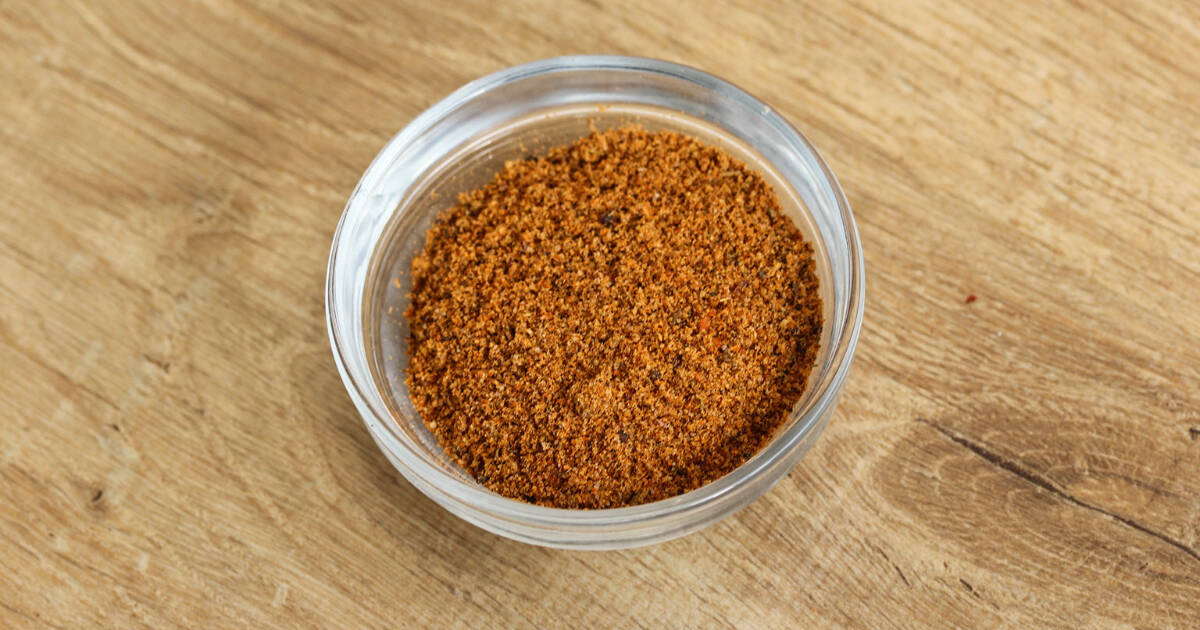
Don't want to combine individual spices? Pre-made blends like taco seasoning, Cajun seasoning, or curry powder also work in a pinch.
Taco seasoning contains chili powder's core ingredients - chili pepper, cumin, paprika, garlic, and onion. Use it measure-for-measure as a substitute in Mexican dishes.
Cajun seasoning offers chili powder's heat through cayenne and other spices like black pepper, oregano, thyme, and garlic. Fantastic for Southern flare.
Curry powder contains cumin, coriander, turmeric, ginger, and more for an earthy, aromatic flavor profile. Best for Indian-inspired recipes.
Double-check spice blends for salt content before using. Pre-made mixes offer convenience, but creating your own blend lets you control the flavor.
Hot Sauce, Harissa & Berbere For Concentrated Heat
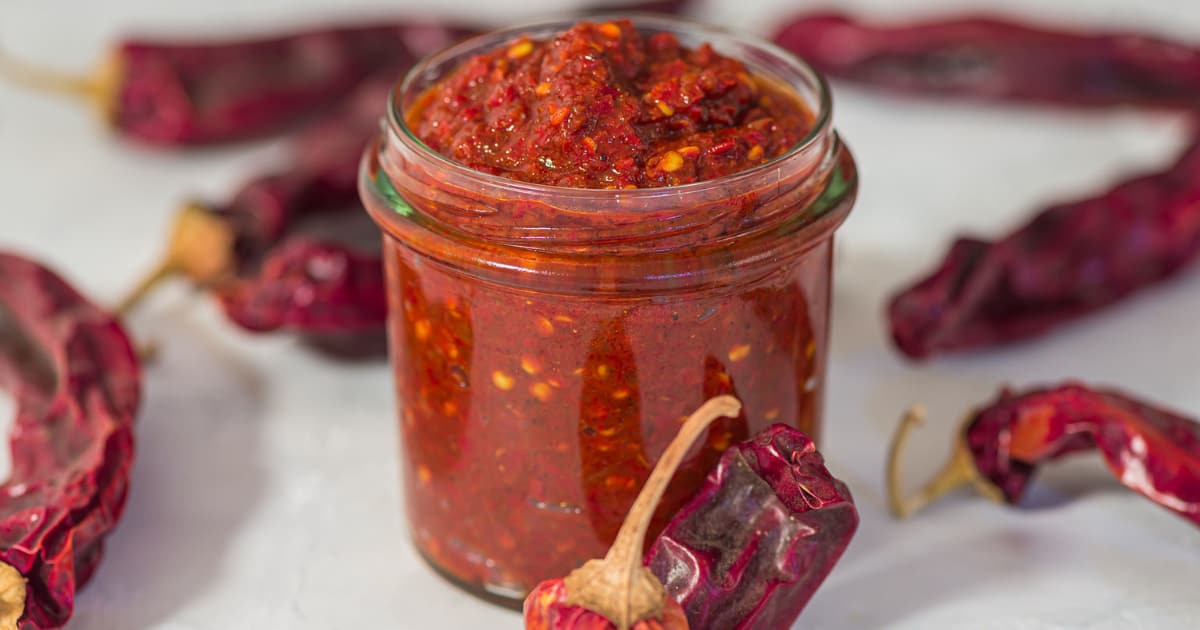
When you need to turn up the heat, condiments like hot sauce, harissa, or berbere can stand in for chili powder.
A few dashes of hot sauce mimic chili powder's heat, as long as the flavors complement your dish. Start with 1/4 teaspoon per tablespoon of chili powder.
Harissa is a North African chili paste that offers incredible heat along with smoky, garlicky depth. It shines in spicy stews and sauces.
Berbere is an Ethiopian blend with chili peppers, paprika, ginger, basil, and more. It makes a fantastic chili powder substitute in African cuisine.
Remember, condiments bring extra moisture. Adjust any liquids in your recipe accordingly. Harness their concentrated intensity to spice things up.
Make Your Own Custom Chili Powder Blend
For fresh, homemade flavor, you can easily make your own chili powder substitute:
- Toast dried peppers like ancho, New Mexico, or guajillo
- Grind into powder along with spices like cumin, paprika, garlic, and oregano
- Tailor the blend to your taste - add more heat with cayenne or smokiness with chipotle
- Store in an airtight container for peak freshness
With the right blend of peppers and spices, you can create the perfect chili powder alternative. Making your own allows for maximum flexibility and control over flavor.
Frequently Asked Questions
What's the closest substitute for chili powder's flavor?
The closest match for replicating chili powder's core flavor is making your own blend with the common spices it contains. Start with cumin, oregano, garlic powder, and onion powder in similar ratios as chili powder recipes. Then add ground chili peppers like ancho, New Mexico, or guajillo for a mild heat flavor base. Blend to your taste preferences.
Can I just use cayenne pepper instead of chili powder?
You can use cayenne pepper, but be aware it is significantly spicier than chili powder. Start with just 1/4 teaspoon of cayenne for every tablespoon of chili powder called for, and add other spices like cumin or smoked paprika to complement it. Too much cayenne can easily overwhelm a dish's flavors.
What's a quick chili powder substitute I probably have on hand?
An easy, handy substitute is using taco seasoning. It contains many of the same spices as chili powder, like chili peppers, cumin, garlic, and onion. The flavors won't be an exact match, but they can mimic the general taste in a pinch. Use the same amount called for of chili powder.
Which chili powder substitute should I avoid?
Ground cinnamon, nutmeg, ginger, garlic salt, onion salt, or allspice are not good flavor matches as chili powder substitutes. While they seem similar, their taste profiles do not align with traditional chili powder. Cinnamon and the others will give your dish an odd flavor.
How can I make my own chili powder blend?
Making your own chili powder blend is easy and allows customization. First, toast dried peppers like ancho, guajillo, or New Mexico. Grind them into a powder. Then combine with spices like cumin, oregano, paprika, garlic, and onion powder. Finally, add heat via cayenne or chipotle powder. Experiment until you achieve your desired taste.
Conclusion
When it comes to spicing up your favorite dishes, don't let running out of chili powder stop you in your tracks. With resourcefulness and a little kitchen know-how, you can improvise a flavorful chili powder alternative.
Give these subs a try to add that familiar kick even without this popular spice blend. Your cooking will still deliver drool-worthy, crave-able heat. Now go get creative with chili powder swaps! Any recipe will benefit from a flavor punch.

